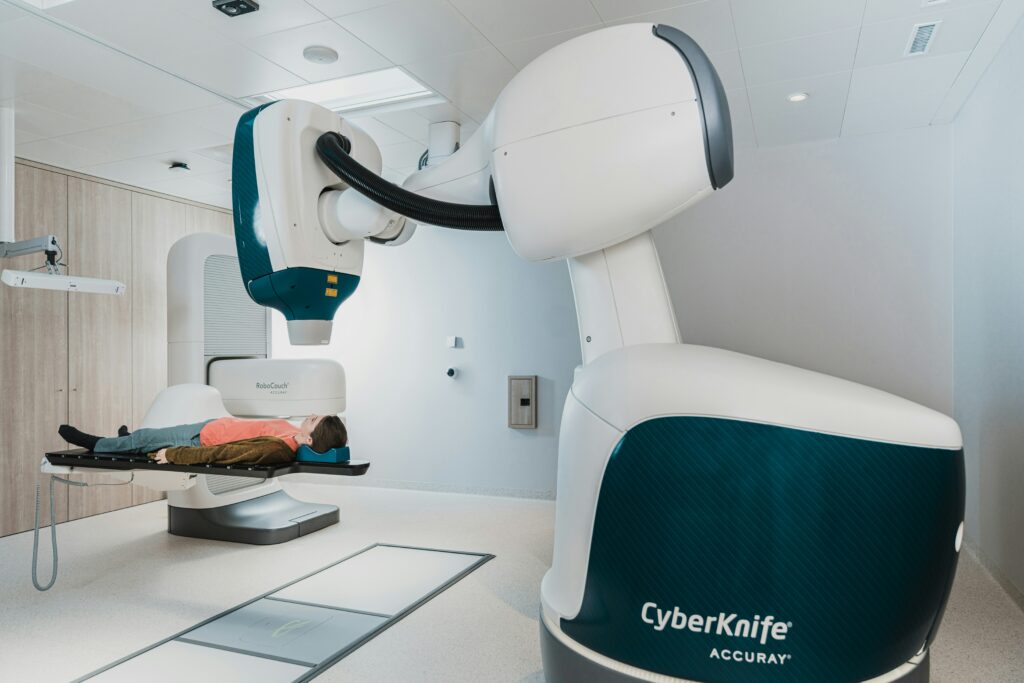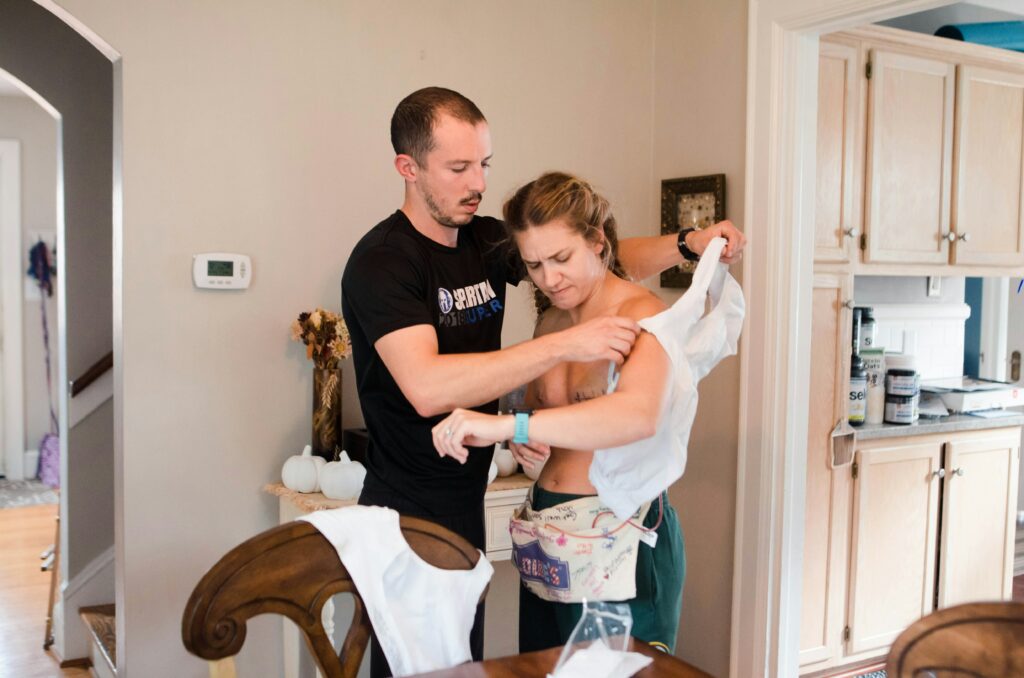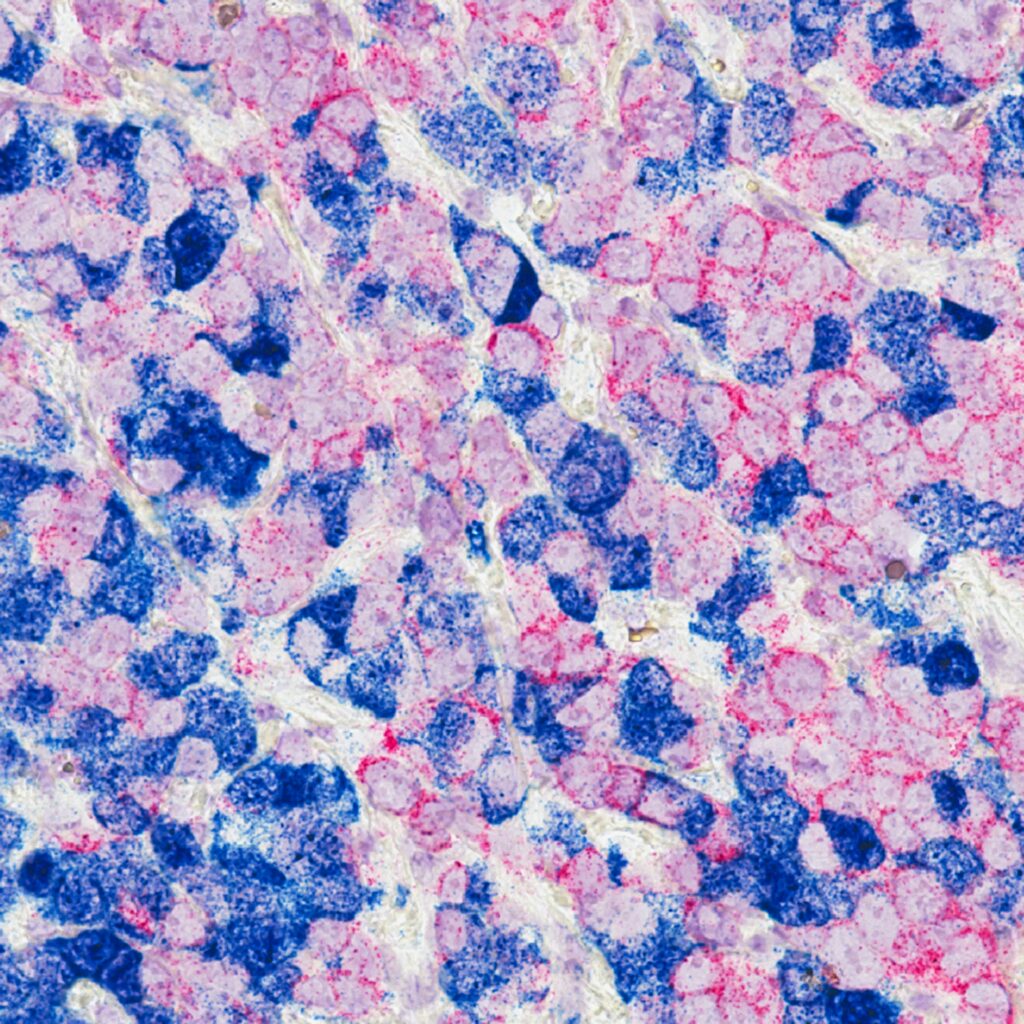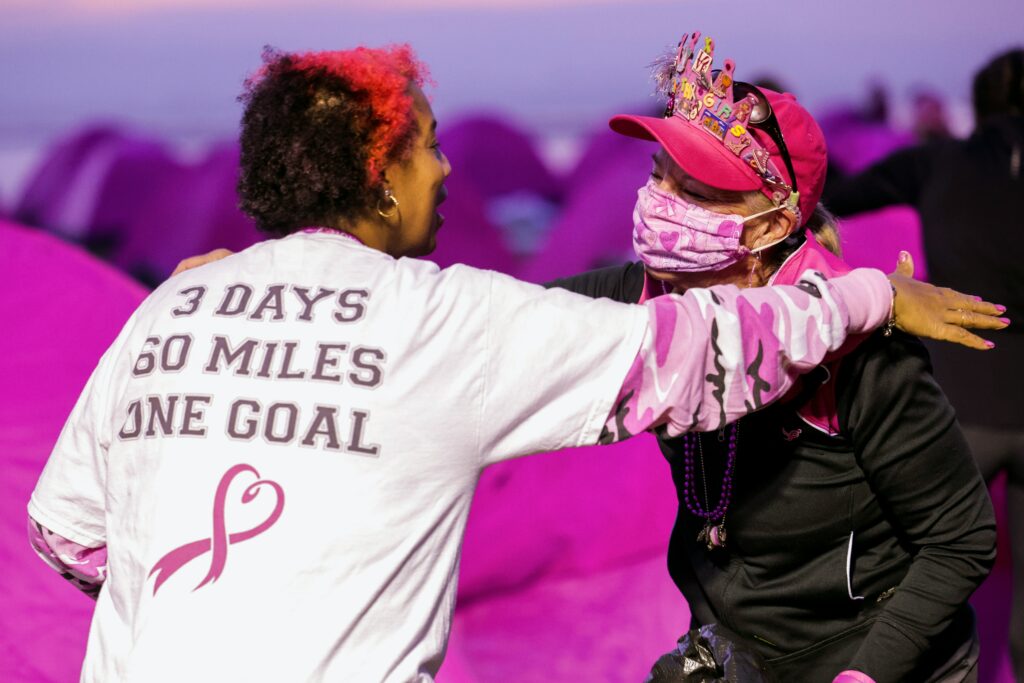1. Mammogram

A mammogram is an X-ray picture of the breast used to detect early signs of breast cancer, often before symptoms appear.
2. Mobile Mammography
Mobile mammography refers to mammography services provided via specially equipped vehicles that travel to various locations, offering convenient and accessible breast cancer screening.
3. 3D Mammography (Tomosynthesis)

3D mammography, also known as tomosynthesis, creates a three-dimensional image of the breast by taking multiple X-ray pictures from different angles. This method provides clearer and more detailed images, improving the detection of breast abnormalities.
4. Screening Mammogram
A screening mammogram is performed on women without any symptoms of breast cancer. It aims to detect any early signs of breast cancer in asymptomatic women.
5. Diagnostic Mammogram
A diagnostic mammogram is used to investigate suspicious breast changes, such as lumps, pain, or unusual nipple discharge. It involves more detailed X-ray images than a screening mammogram.
6. Breast Cancer Screening
Breast cancer screening involves testing asymptomatic women for signs of breast cancer, typically using mammography, to detect the disease at an early stage.
7. Radiologist
A radiologist is a medical doctor specializing in interpreting medical images, including mammograms, to diagnose diseases and conditions.
8. Technologist (Radiologic Technologist)
A technologist, also known as a radiologic technologist, is a trained healthcare professional who performs imaging examinations, including mammograms.
9. Dense Breast Tissue
Dense breast tissue has less fat and more glandular and fibrous tissue, which can make it harder to see abnormalities on a mammogram. Women with dense breasts may benefit from additional imaging.
10. False Positive

A false positive occurs when a mammogram indicates the presence of cancer when there is none. This can lead to additional testing and anxiety but is a known limitation of mammography.
11. False Negative
A false negative occurs when a mammogram misses the presence of breast cancer. Regular screenings and the use of advanced technologies like 3D mammography help reduce the likelihood of false negatives.
12. Recall Rate
The recall rate is the percentage of women who are called back for additional testing after a screening mammogram due to unclear or suspicious findings.
13. Biopsy

A biopsy involves removing a small sample of breast tissue to examine under a microscope for the presence of cancer cells. It is typically performed after a suspicious finding on a mammogram or other imaging test.
14. Compression
Compression is the process of flattening the breast between two plates during a mammogram to spread out the tissue for clearer images.
15. Risk Factors

Risk factors are characteristics or conditions that increase the likelihood of developing breast cancer, such as age, family history, genetic mutations, and lifestyle factors.
16. Breast Density Notification
A breast density notification informs patients if they have dense breast tissue, which can affect mammogram results and may necessitate additional screening methods.
17. Screening Guidelines
Screening guidelines are recommendations from medical organizations about when and how often women should have mammograms based on their age and risk factors.
18. Follow-Up Testing
Follow-up testing includes additional imaging tests or procedures performed after an initial mammogram indicates a potential abnormality that needs further evaluation.
19. Patient Navigator
A patient navigator is a healthcare professional who helps guide patients through the screening, diagnosis, and treatment process, providing support and resources along the way.
20. Mobile Unit
A mobile unit is a specially equipped vehicle designed to provide mammography services at various locations, improving access to breast cancer screening for women in different communities.
Conclusion
Mobile breast cancer screening near you offers a convenient and accessible way to stay on top of your breast health. By taking advantage of these services, you can ensure that you receive timely and accurate screenings, which are essential for early detection and effective treatment of breast cancer. Don’t wait—find a mobile breast cancer screening unit near you today and take charge of your health. For more information, visit 3dmobilemammography.com.
